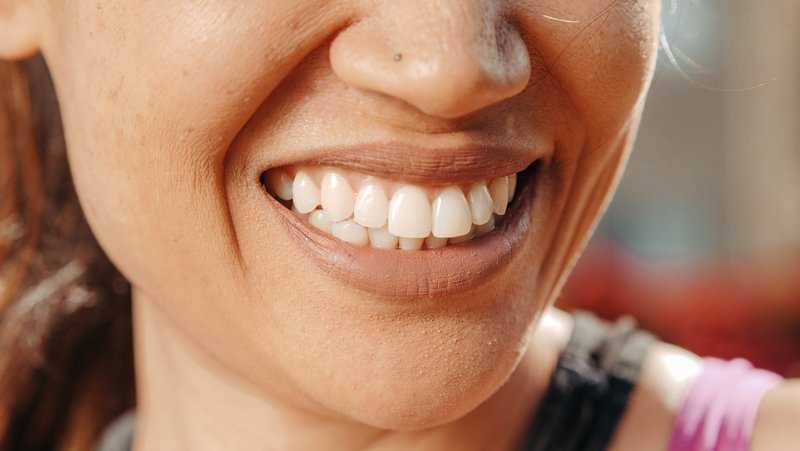
You may have heard your dentist in Strongsville talk to you about your bite. But what exactly are they talking about? What’s the difference between a good bite and a bad bite? Why does your bite even matter? Let’s take a look.
All About Your Bite
When your dentist in Strongsville talks to you about your bite, they’re referring to how your upper and lower teeth come together. When someone has a “bad bite,” also called malocclusion, it means the top and bottom teeth don’t fit together properly, or sometimes don’t meet together at all. A bad bite can lead to both developmental problems and increase the risk of certain dental conditions.
Types of Bite Conditions
Several different types of bite conditions can affect both children and adults. While each one is unique, they can all contribute to various dental and overall health problems. Some bite problems can make it difficult to properly remove bacteria and plaque from teeth through brushing and flossing. Many bites are the result of genetics, but other factors can also create a bite condition.
An underbite occurs when the lower teeth overlap the upper teeth. This can appear as if the jaw is pushing forward. Untreated underbites can cause unnatural and unnecessary stress on the jaw and can increase the risk of tooth wear. In adulthood, dental injuries are one of the most common causes of a new underbite. In kids, thumbsucking and pacifier use can create an underbite.
The opposite of an underbite is an overbite. Overbites occur when the top teeth stick out over the bottom teeth and are often recognized by their “buck teeth” appearance. These protruding teeth are more susceptible to breaking and can make it hard for the mouth to fully close. This could lead to dry mouth and, as a result, an increased risk of tooth decay and bad breath. An overbite can also be caused by thumbsucking and pacifier use as well as nail biting, tooth grinding, or when the tongue continually presses against the teeth.
One of the more complicated bite conditions is a crossbite. A crossbite is noticeable when one top tooth or a group of top teeth falls inside the lower teeth. This can happen to front teeth or back teeth and is caused by misalignment of the teeth or bone. A crossbite can shift the jaw so that more pressure is placed on one site. This can result in jaw pain. Crossbites can also increase the risk of enamel erosion.
When you bite down on your back teeth and front teeth don’t touch or overlap is known as an open bite. This can happen when a child sucks their thumb or uses a pacifier for too long, when someone pushes their tongue against their front teeth repeatedly over time, or if they breathe out of their mouth. An overbite could cause speech problems as well as difficulty swallowing.
Most bite conditions will not correct themselves on their own, and many tend to get worse over time. So if your dentist in Strongsville has expressed concern over your bite, talk to them about your treatment options. Once a bite is corrected and the teeth line up the way they should, it can make taking care of teeth easier, relieve or prevent jaw problems, and allow for proper speech and chewing.